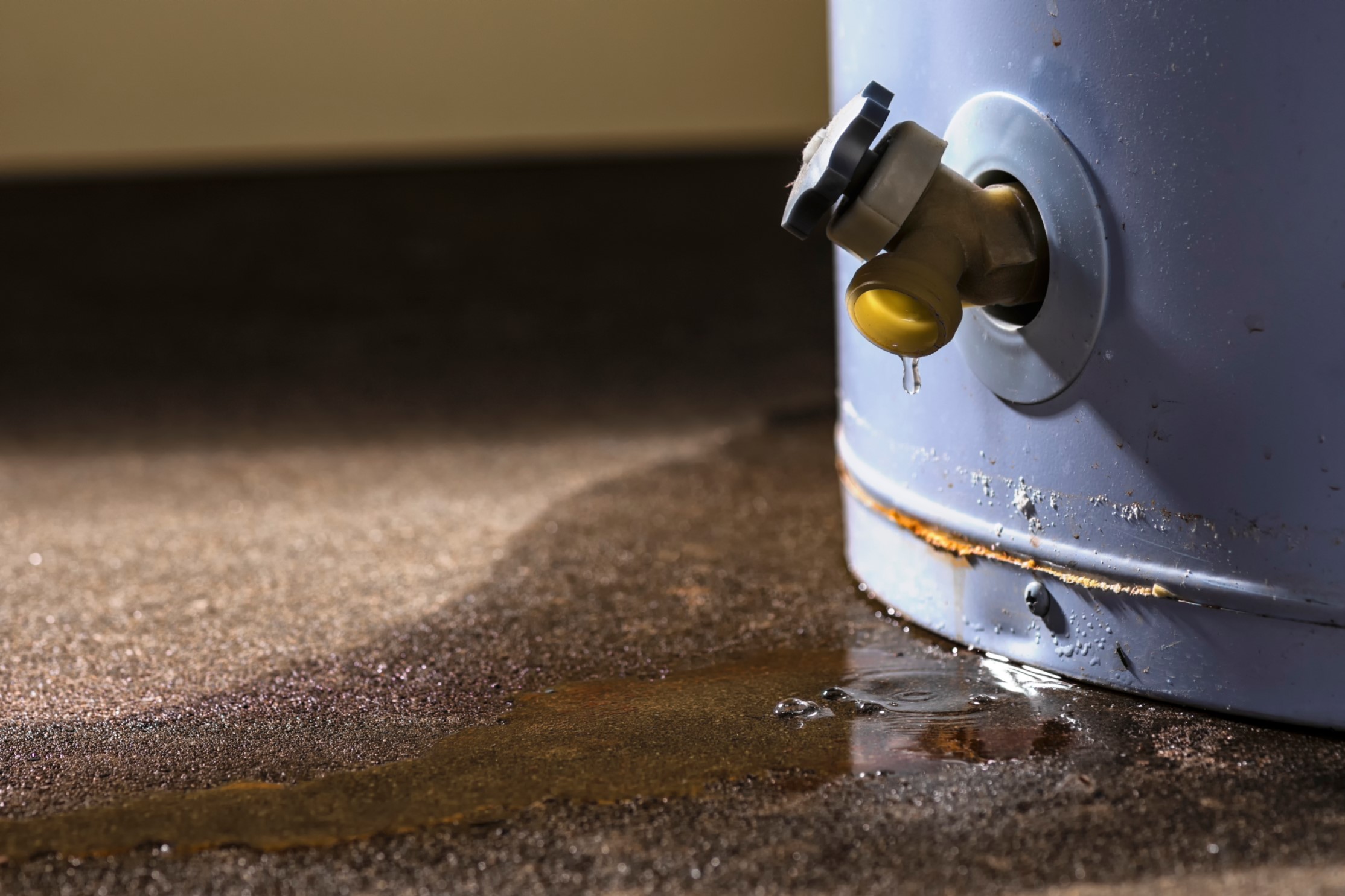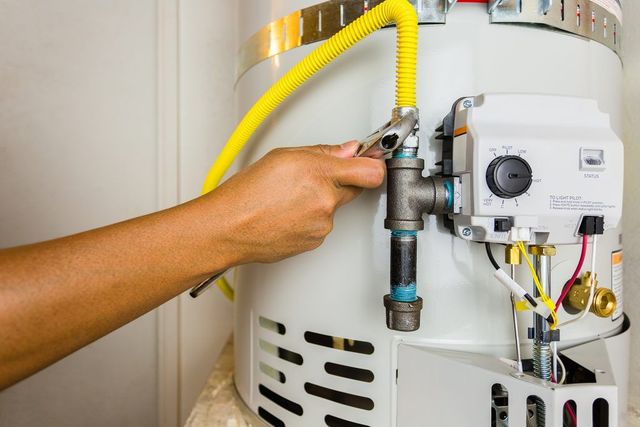How to Care for Your Home's Hot Water System Properly
How to Care for Your Home's Hot Water System Properly
Blog Article
We have stumbled upon this great article on Water Heater Maintenance Tips You Can't Afford to Forget below on the net and believe it made perfect sense to talk about it with you on my blog.

Hot water is essential for day-to-day convenience, whether it's for a refreshing shower or cleaning meals. To ensure your warm water system runs effectively and lasts longer, regular upkeep is essential. This post offers useful tips and understandings on how to preserve your home's hot water system to prevent interruptions and expensive repair work.
Intro
Preserving your home's hot water system might seem challenging, however with a couple of easy actions, you can guarantee it runs smoothly for several years to find. This guide covers whatever from recognizing your hot water system to DIY upkeep suggestions and recognizing when to employ professional aid.
Significance of Maintaining Your Hot Water System
Normal maintenance not just extends the life expectancy of your hot water system however also guarantees it runs efficiently. Neglecting upkeep can result in lowered effectiveness, higher power bills, and even early failure of the system.
Indications Your Warm Water System Needs Maintenance
Understanding when your hot water system needs attention can prevent significant issues. Keep an eye out for signs such as inconsistent water temperature level, unusual sounds from the heating unit, or corroded water.
Comprehending Your Warm Water System
Before diving into upkeep jobs, it's valuable to recognize the basic parts of your hot water system. Typically, this consists of the water heater itself, pipelines, anode rods, and temperature level controls.
Monthly Upkeep Tasks
Normal regular monthly checks can assist catch small concerns before they rise.
Purging the Water Heater
Flushing your hot water heater gets rid of debris build-up, enhancing performance and prolonging its life.
Checking and Replacing Anode Rods
Anode rods avoid rust inside the container. Examining and changing them when broken is crucial.
Inspecting and Adjusting Temperature Setups
Adjusting the temperature level settings makes sure optimal performance and safety.
DIY Tips for Maintenance
You can carry out a number of maintenance jobs on your own to keep your hot water system in top condition.
Looking for Leakages
Regularly inspect pipes and connections for leaks, as these can result in water damages and greater expenses.
Checking Pressure Relief Valves
Evaluating the pressure relief valve guarantees it operates correctly and prevents excessive pressure build-up.
Shielding Pipes
Shielding warm water pipelines minimizes warmth loss and can save energy.
When to Call an Expert
While do it yourself upkeep is valuable, some issues require professional proficiency.
Facility Problems Calling For Specialist Assistance
Examples consist of major leaks, electric issues, or if your hot water heater is constantly underperforming.
Routine Specialist Upkeep Benefits
Specialist maintenance can consist of thorough inspections, tune-ups, and making sure compliance with safety and security criteria.
Final thought
Regular maintenance of your home's warm water system is vital for efficiency, long life, and expense financial savings. By complying with these suggestions and understanding when to seek expert help, you can make certain a trustworthy supply of hot water without unanticipated interruptions.
How to Maintain an Instant Hot Water Heater
Before tinkering with your hot water heater, make sure that it’s not powered on. You also have to turn off the main circuit breaker and shut off the main gas line to prevent accidents. Also turn off the water valves connected to your unit to prevent water from flowing into and out of the appliance. 2. When you’re done, you have to detach the purge valves’ caps. These look like the letter “T†and are situated on either side of the water valves. Doing so will release any pressure that has accumulated inside the valves while at the same time avoid hot water from shooting out and burning your skin. 3. When the purge valves’ caps are removed, you have to connect your hosing lines to the valves. Your unit should have come with three hoses but if it didn’t, you can purchase these things from any hardware or home repair shops. You can also get them from retail stores that sell water heating systems. Read the user’s manual and follow it to complete this task properly. When the hosing lines are connected, open the purge port’s valves. 4. You should never use harsh chemical cleaners or solutions when cleaning your unit. Make use of white vinegar instead. It should be undiluted and you’ll probably use about 2 gallons. 5. Now flush your water heater. This task should probably take about 40 minutes. We can’t give you specific directions for this because the procedure is carried out depending on the type, model and brand of your heater. With that being said, refer to the user’s manual. 6. When you’re done draining the unit, you have to turn off the purge port valves again. Remove the hosing lines that you earlier installed on each of the water valves. Put the valve caps (purge port) back in their respective places and be very careful so as not to damage the rubber discs that are found inside these caps. 7. Now that everything’s back in place, check your user’s manual again to find out how to reactivate your water heating system. 8. Once it is working, turn one of your hot water faucets on just to let air pass through the heater’s water supply pipes. Leave the tap on until water flows smoothly out of it. https://www.orrplumbing.com/blog/2014/september/how-to-maintain-an-instant-hot-water-heater/

As a reader on Tips on Maintaining a Water Heater, I figured sharing that piece of content was sensible. Loved our piece? Please quickly share it. Let others find it. Thanks for taking the time to read it.
Click On This Link Report this page